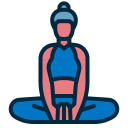Starting Your Yoga Journey: Key Poses
Today’s theme: Starting Your Yoga Journey: Key Poses. Step onto the mat with curiosity, courage, and kindness as we explore foundational shapes, relatable stories, and practical cues that make your first poses feel accessible. Join in, ask questions, and subscribe for more beginner-friendly guidance.
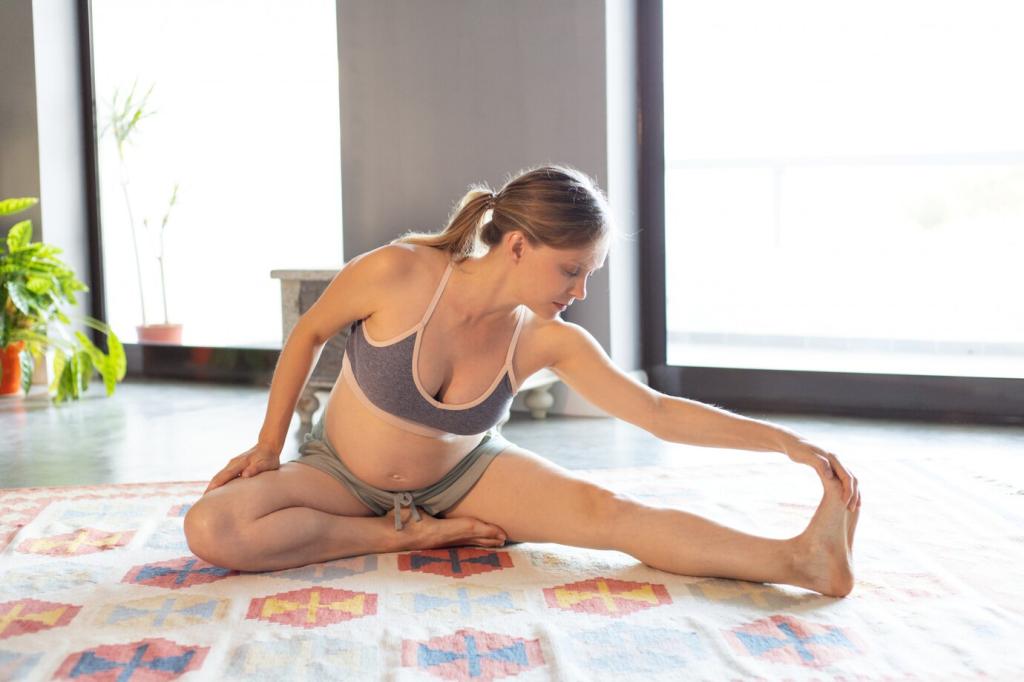
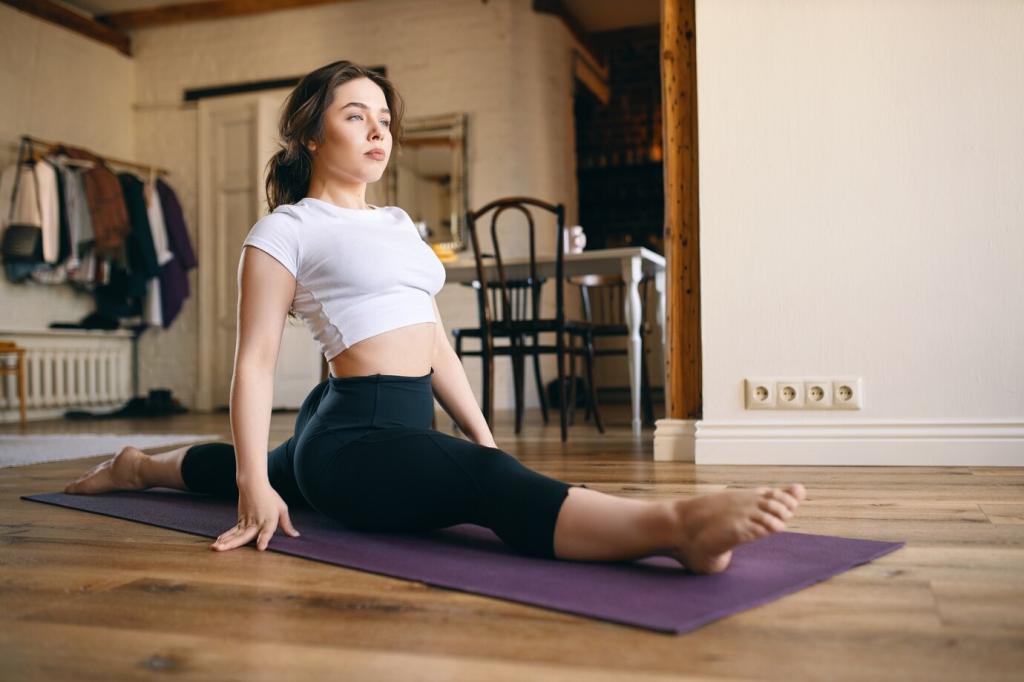
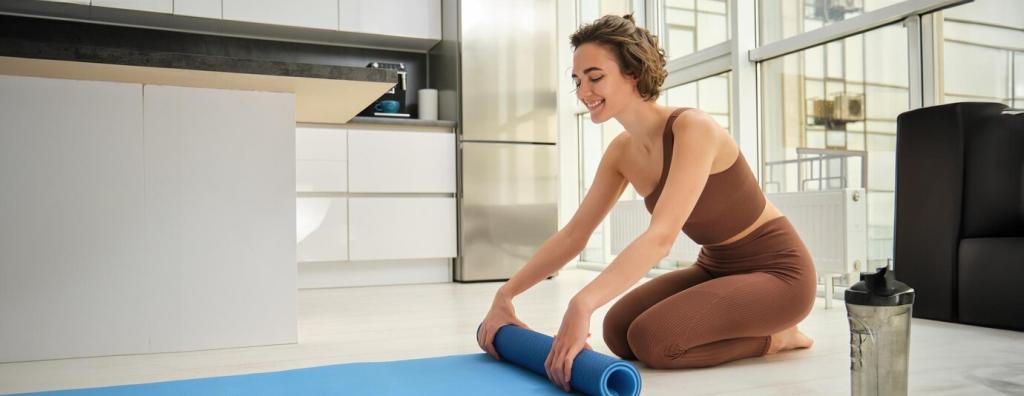
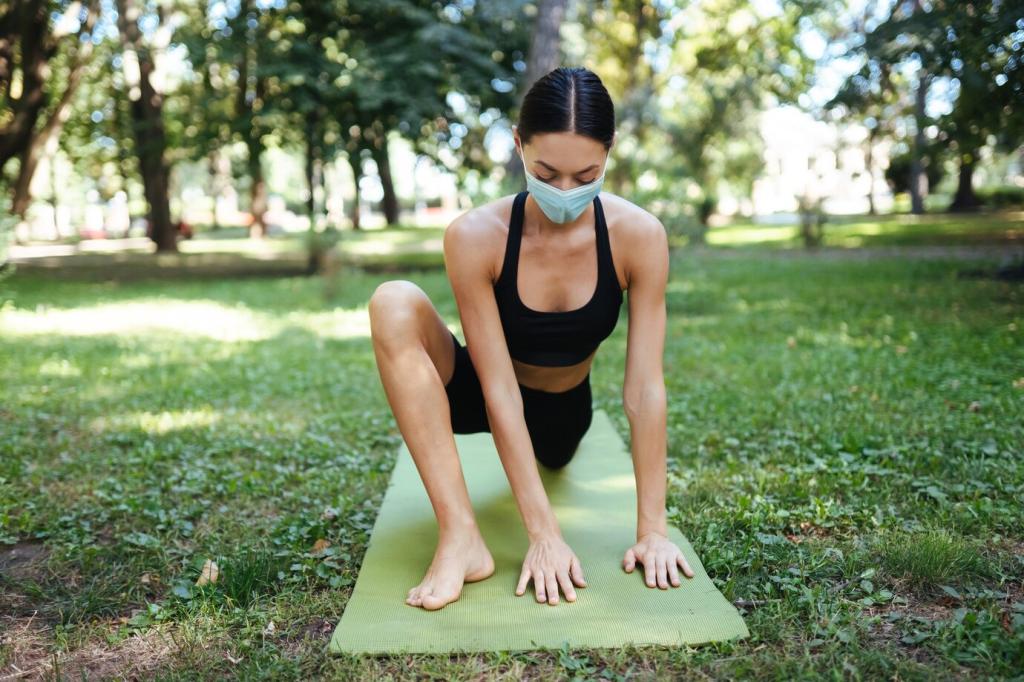
Press big toes, lift arches, and soften knees. Stack hips over ankles, ribs over hips, head floating tall. Tiny adjustments reveal Mountain Pose as the quiet blueprint for all key poses across your practice.
Mountain Pose (Tadasana): Your Quiet Blueprint
Practice Tadasana while waiting in line or brushing teeth. Balanced stance improves posture, reduces lower-back fatigue, and builds awareness you can carry into every key pose, meeting, commute, and daily conversation.
Mountain Pose (Tadasana): Your Quiet Blueprint
Downward-Facing Dog: Strength Meets Spaciousness
Hands and Shoulders: Safe, Stable Foundations
Spread fingers like starfish, root through knuckles, and wrap triceps down. Maintain micro-bend in elbows. These actions stabilize wrists and shoulders so Down Dog becomes sustainable, not punishing, in your growing key-pose repertoire.
Hamstring-Friendly Variations for New Bodies
Bend knees generously, lift heels, and pedal feet. Prioritize a long spine over straight legs. Over weeks, tissue adapts. Celebrate small gains and tell us which variation made Down Dog finally click for you.
A Flow Drill: Puppy to Plank
From Puppy Pose, press to Down Dog, then glide to Plank with firm core. Move slowly for five rounds, syncing breath. This simple flow wires strength and spatial memory for other key poses you meet.
Warrior I and II: Grounded Courage
In Warrior I, heels are wider than a tightrope and back toes angle forward. Square hips gently; avoid forcing. In Warrior II, open hips, track front knee. Balanced feet unlock safe, powerful key poses every time.
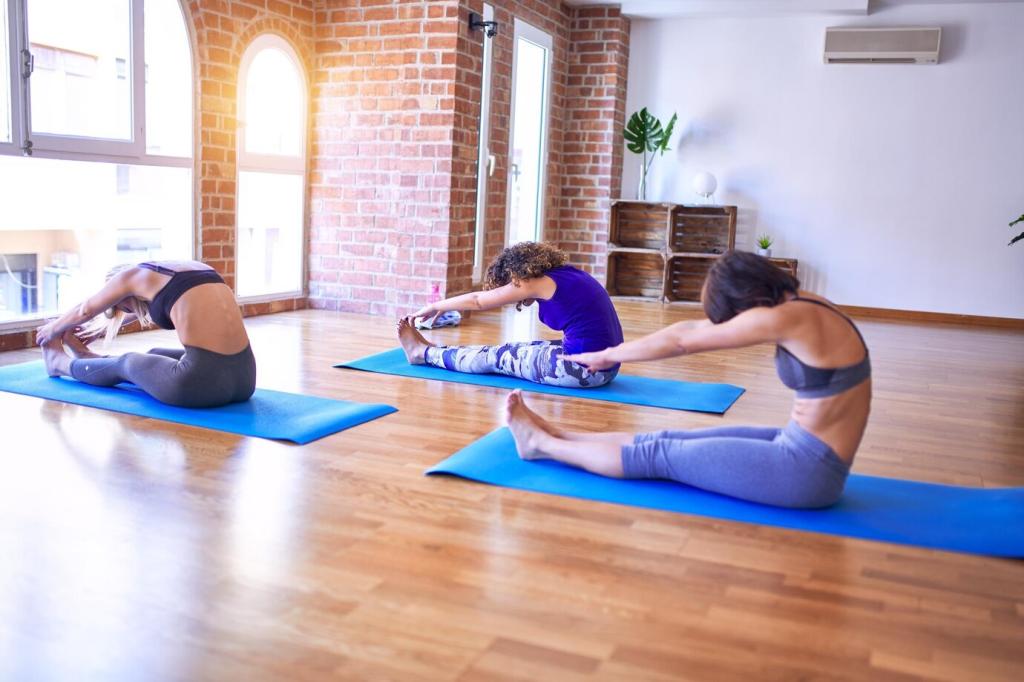
Tree Pose: Balance with Softness
Finding a Steady Drishti
Pick a non-moving point at eye level. Soft focus steadies the nervous system and quiets chatter. Balancing improves when attention gathers rather than scatters. What drishti tip would you pass to a friend starting today?
Where to Place the Foot Safely
Place the lifted foot above or below the knee, never on it. Press foot and leg together, imagine rising through the crown. This mindful pressure teaches vertical stability used in many key poses you’ll meet.
Mindset: Laugh at the Wobbles
Wobbles are data, not failure. Smile, reset your gaze, and try again. Record a quick note about your longest Tree today and invite a friend to balance alongside you this week for encouragement.
Child’s Pose and Savasana: Rest Is a Key Pose
A folded blanket under knees turns Child’s Pose into sanctuary. Support chest with a bolster for fuller breath. Comfort encourages longer, restorative holds that balance the effort of stronger key poses throughout practice.
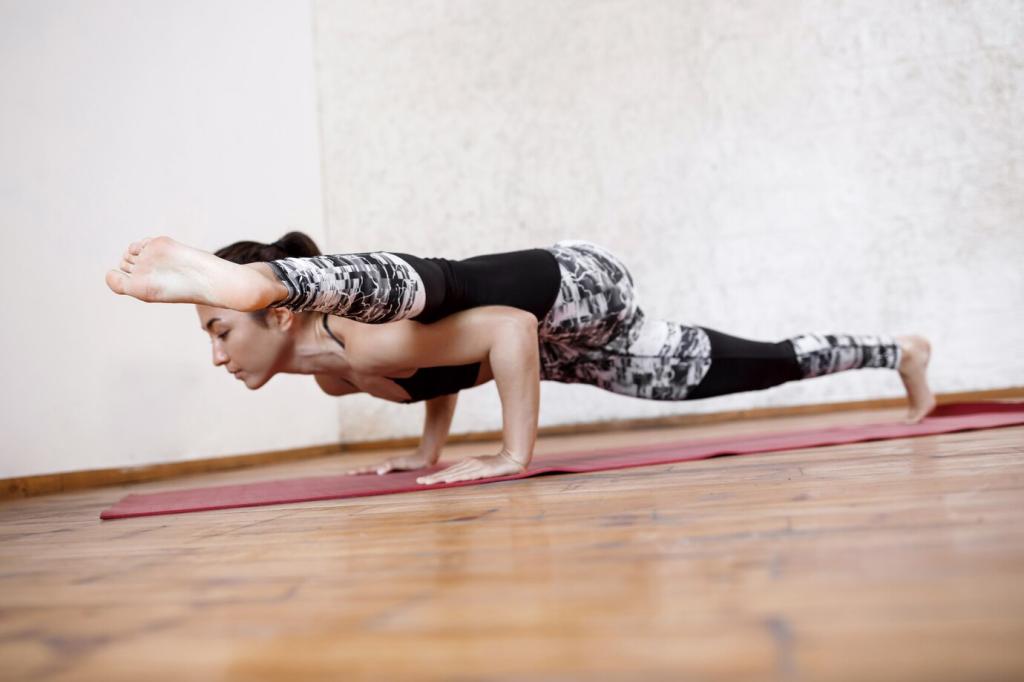
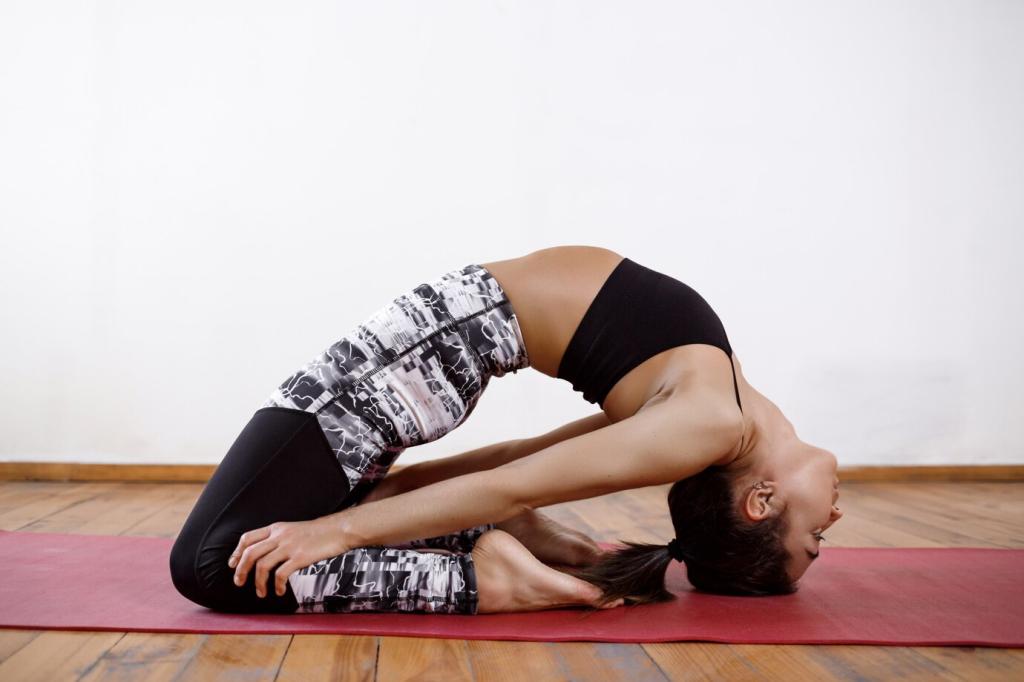
Child’s Pose and Savasana: Rest Is a Key Pose
Drop into Child’s Pose for five breaths between standing sequences. Notice heartbeat slowing and breath widening. These resets train resilience, helping beginners pace practice without draining enthusiasm or focus in class.
